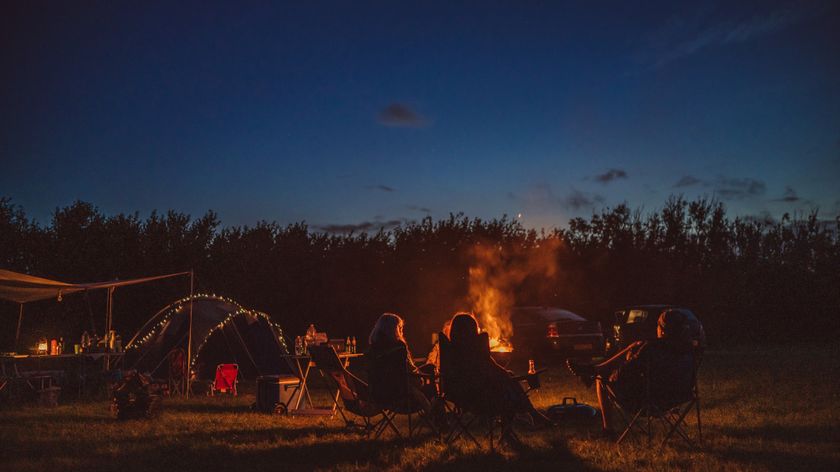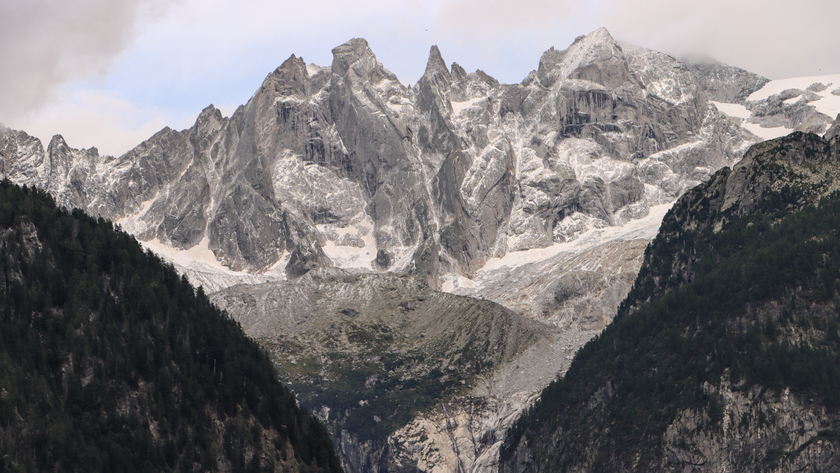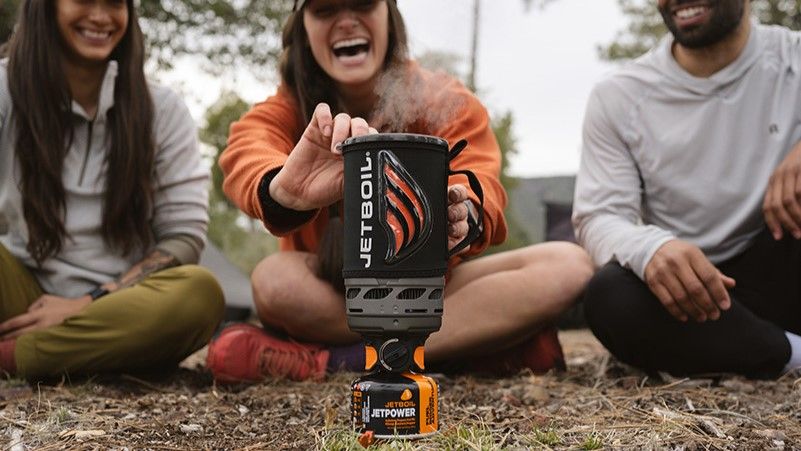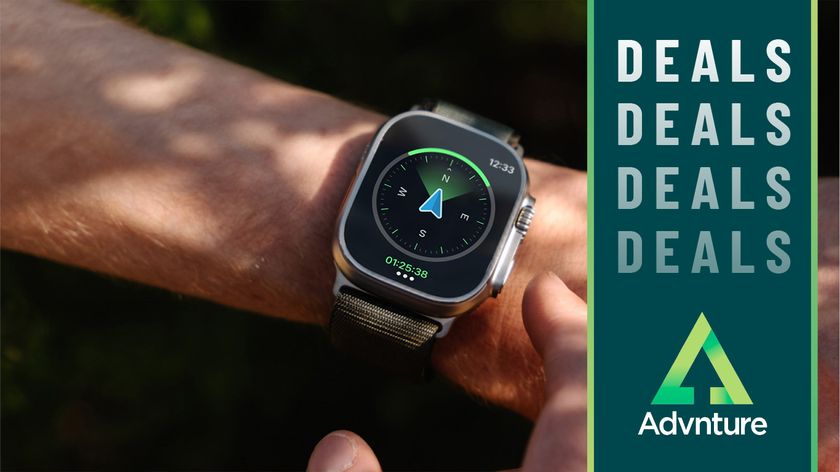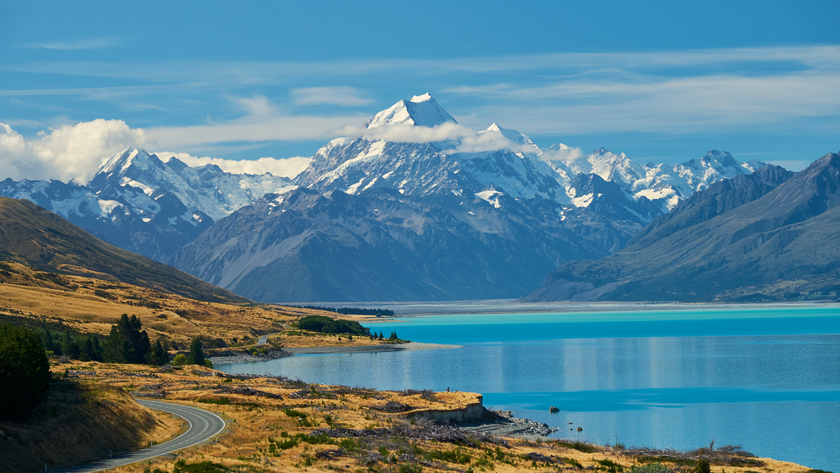Three deaths in 10 days prompts stern avalanche warning from mountain rescue officials
Mountain Rescue officials in Utah are urging hikers to stay out of the backcountry after a devastating snowstorm

Search and Rescue officials in Utah are pleading with the public to avoid hiking and skiing in the backcountry after a snowstorm claimed three lives in the space of just 10 days.
Affecting parts of Utah and Idaho, the recent storm was triggered by a sudden cold snap in western parts of the US. In the past two weeks, the Cotton Canyons area received more than 20 inches of snow while Wasatch Back was, at times hit by about two inches per hour.
The sudden heavy snowfall has prompted 17 avalanches, which have claimed three lives. On December 28 and 31, avalanches killed two men trekking alone through the backcountry. Both avalanches were triggered by human activity as new, heavy snow fell on loose, faceted snow to create a persistent weak layer.
A third death came soon after, prompting Wasatch County Search and Rescue Commander Kam Kohler to issue a sterm warning.
“The snowpack is precarious. It’s waiting to come down. Meaning, if you go in harm’s way, if you don’t know the terrain you’re getting into, you might put yourself in a life and death situation,” he told The Park Record.
“These avalanches don’t care whether I’m a search and rescue captain or if I know nothing about avalanches…they don't respect anybody.”
Alongside warning of the danger, Kohler urged hikers to take precautions and check forecasts before heading into the backcountry.
Advnture Newsletter
All the latest inspiration, tips and guides to help you plan your next Advnture!
“They do tons of reports on the snow stability, where the risks are highest or lower,” he continued.
“Every morning before I go out, I look at the Utah Avalanche Centre. I don’t have time to go out and dig a snow pit, but there’s a lot of people who do.”
Although it's impossible to predict an avalanche, experts can forecast when the risks are high and an area is too dangerous to explore.
A highway in Utah's Little Cottonwood Canyon was closed on Saturday for avalanche mitigation and captured video of a snow slide hitting the road. pic.twitter.com/8sV86naF3gJanuary 5, 2025
On average, 20 to 30 people die each year in avalanches in the US, a number that more than triples in Europe. Hence, avalanche safety is an essential skill for anyone heading into the backcountry during winter.
If you’re heading into an area that’s at risk, the best thing you can do is take part in an avalanche safety training course, where you’ll be taught all the tips and tricks necessary to survive.
You’ll also be advised on how to use the vital equipment required to save yourself or someone else who’s buried under an avalanche.
Avalanche beacons are a crucial tool for saving people buried under the snow, emitting radio signals that can be picked up and used to pinpoint their exact location.
Shovels and probes are also extremely useful, but as Kohler explains, require repeated training.
“All those skills, they need to be exercised and practiced and honed,” he said.
“You can’t just pull your beacon out after three years and expect you’re going to locate your buddy.”
For more on avalanche safety, check out our expert guide.
- The best avalanche beacons 2025 emergency transceivers save lives
- The best snowshoes 2025 for cold-play adventures all winter long

Will Symons developed his love of the outdoors as a student, exploring every inch of Sussex’s South Downs national park and wild swimming off the Brighton seafront. Now a Staff Writer for Advnture, Will previously worked as a freelance journalist and writer, covering everything from cricket to ancient history. Like most Advnture staff, Will’s time is rarely spent indoors, he can often be found hiking, wild swimming or playing cricket.


